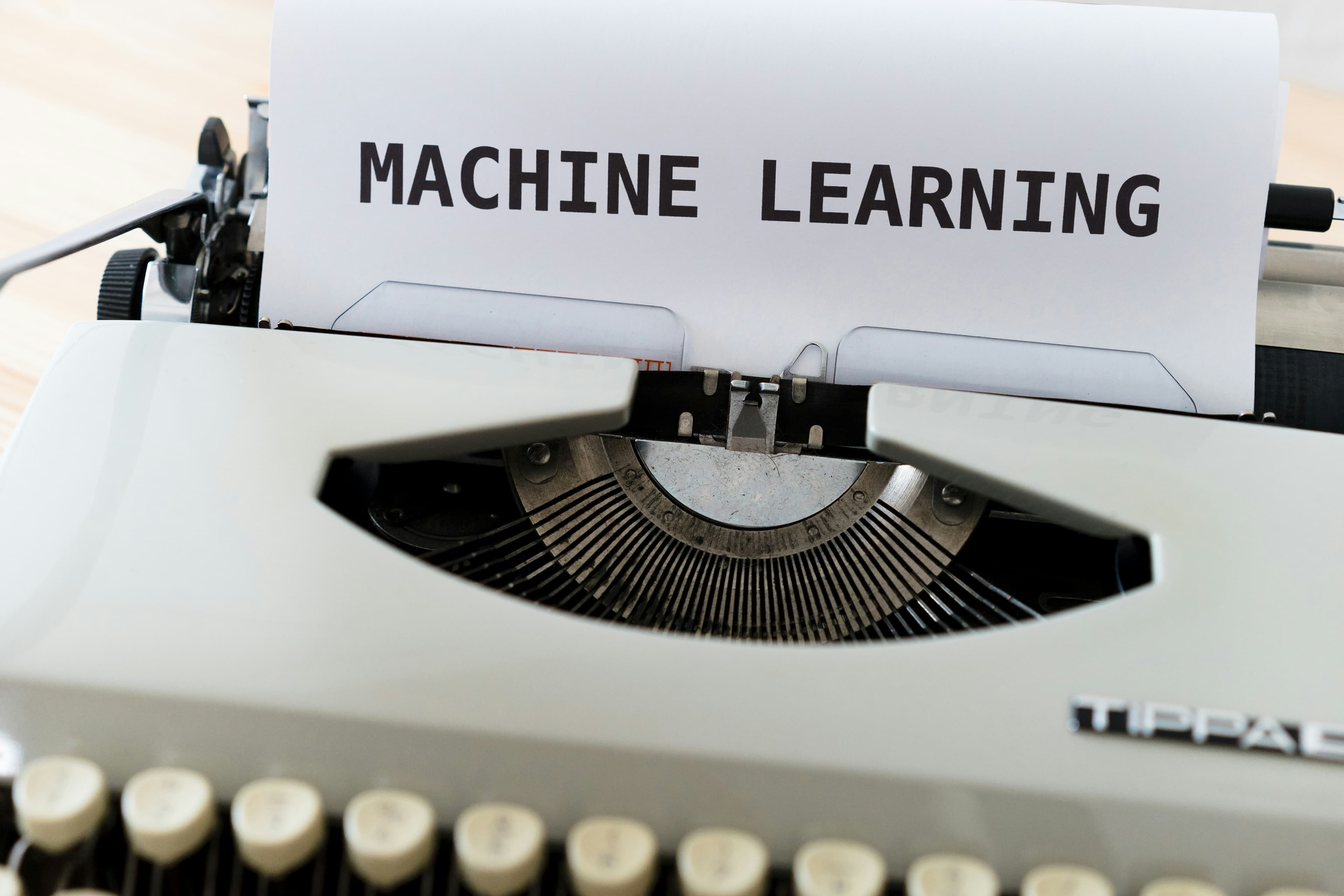
Understanding Machine Learning Algorithms: A Beginner's Guide to the Building Blocks of AI
You know that moment when Netflix somehow knows exactly what show you want to binge next? Or when your email magically sorts spam from important messages? That's machine learning at work, and it's way less mysterious than most people think.
I've been working with AI systems for years, and I'm constantly amazed by how many smart people are intimidated by machine learning. The truth is, these algorithms aren't magic. They're clever pattern-matching systems that learn from examples, just like we do.
What is Machine Learning, Really?
Think about how you learned to recognize your friend's face in a crowd. You didn't memorize every pixel of their features. Instead, your brain noticed patterns: the shape of their smile, how they walk, their general build. After seeing them hundreds of times, you can spot them instantly.
Machine learning works exactly the same way. We show computers thousands of examples, and they learn to recognize patterns. The difference? Computers can process way more data than our brains ever could.
For a comprehensive overview of machine learning theory, techniques, and applications, check out the Machine Learning Wikipedia article.
Here's a simple way to think about it: traditional programming is like giving someone extremely detailed directions to your house. Machine learning is like showing them hundreds of photos of houses and letting them figure out which one is yours.
The Three Types of Learning
Just like humans learn differently depending on the situation, machines have three main learning styles:
Supervised Learning is like learning with a teacher. You show the computer thousands of emails marked "spam" or "not spam," and it learns to tell the difference. This powers most of the AI you interact with daily, from photo tagging to voice recognition.
Unsupervised Learning is like being a detective. The computer finds hidden patterns without being told what to look for. Netflix uses this to group movies into genres you never knew existed (like "Critically Acclaimed Witty Movies").
Reinforcement Learning is learning through trial and error. Remember learning to ride a bike? You fell, adjusted, fell again, adjusted more. That's exactly how DeepMind's AI learned to beat professional gamers at StarCraft II.
Why This Matters for Your Daily Life
Here's where it gets interesting. Machine learning isn't just powering sci-fi robots. It's quietly improving your life every day.
Your bank uses it to catch fraudulent transactions before they hit your account. Dating apps use it to find better matches (with mixed results, admittedly). Even your smartphone camera uses it to focus faster and make your photos look better.
The healthcare applications blow my mind. I recently read about an AI that can detect skin cancer more accurately than dermatologists. It learned from analyzing millions of skin images. That's the power of showing a computer more examples than any human could see in a lifetime.
The Reality Check
But let's be honest: machine learning isn't perfect. These systems are only as good as the data we feed them. If we train an AI on biased data, it learns to be biased too.
I've seen hiring algorithms that discriminated against women because they were trained on historical data from male-dominated industries. I've seen facial recognition systems that work poorly on people with darker skin because they weren't trained on diverse datasets.
This is why the human element is crucial. We need people who understand both the technology and its implications. The future isn't about replacing human judgment. It's about augmenting it.
What's Coming Next
The most exciting developments I'm seeing involve making AI more explainable. Right now, many algorithms are "black boxes" that give answers but can't explain their reasoning. That's fine for movie recommendations, but not okay for medical diagnoses or loan approvals.
We're also seeing AI move from the cloud to your devices. Your phone is getting smart enough to process complex AI tasks without sending your data anywhere. That's huge for privacy and speed.
And here's something cool: AutoML tools are making machine learning accessible to people without computer science degrees. Soon, domain experts like doctors, teachers, and small business owners will be able to build their own AI solutions.
Where to Start
If you're curious about diving deeper, here's my advice: start with the problems you actually care about. Love sports? Look into how teams use data analytics. Work in marketing? Explore how AI improves customer targeting.
The best way to understand machine learning is to see it solve real problems. Platforms like Kaggle let you practice with real datasets and learn from a community of practitioners.
Don't get bogged down in complex math at first. Focus on understanding what different algorithms are good for and when to use them. The technical details matter, but they shouldn't be your starting point.
The Bottom Line
Machine learning is fundamentally about pattern recognition at massive scale. It's changing how we work, shop, communicate, and even fall in love. But it's not replacing human intelligence. It's extending it.
The people who understand both the possibilities and limitations of these systems will shape our future. Whether you're a CEO deciding whether to invest in AI, a student choosing a career path, or just someone trying to understand our increasingly automated world, the key is staying curious and asking good questions.
Because here's the thing: behind every "intelligent" algorithm are humans making decisions about what problems to solve and how to solve them ethically. The future belongs to people who can bridge that gap between human wisdom and machine capability.
And honestly? That future is looking pretty exciting.